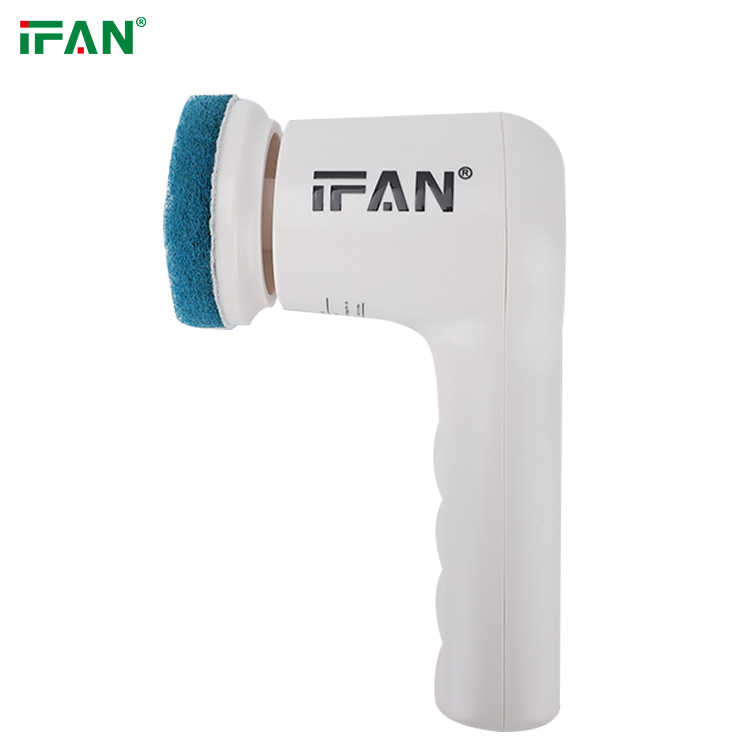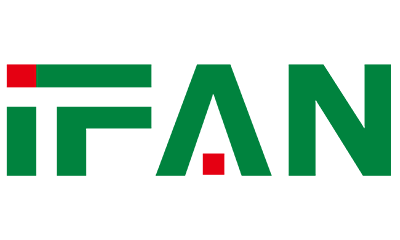Introduction: The cleaning brush market is witnessing significant growth driven by evolving consumer preferences, technological advancements, and increasing awareness regarding hygiene and cleanliness. This article aims to delve into the current trends shaping the global cleaning brush industry, providing insights into key developments and future prospects.

- Evolving Consumer Preferences: Consumer preferences for cleaning brushes have been undergoing a transformation, with a growing emphasis on sustainability, eco-friendliness, and durability. There is a rising demand for brushes made from biodegradable materials, such as bamboo and recycled plastics, reflecting a shift towards environmentally responsible purchasing behavior. Additionally, ergonomic designs and multifunctional features are gaining popularity among consumers seeking convenience and efficiency in their cleaning routines.
- Technological Advancements: Advancements in materials science and manufacturing technologies are driving innovation in the cleaning brush industry. Nanotechnology coatings are being integrated into brush bristles to enhance cleaning effectiveness and prolong product lifespan. Furthermore, the integration of IoT (Internet of Things) technology is enabling the development of smart cleaning brushes equipped with sensors and connectivity capabilities, allowing users to monitor usage patterns and optimize cleaning performance.
- Market Expansion in Emerging Economies: The cleaning brush market is witnessing significant expansion in emerging economies, fueled by rapid urbanization, rising disposable incomes, and increasing awareness of hygiene standards. Countries in Asia-Pacific and Latin America are experiencing robust growth in demand for cleaning brushes across various sectors, including residential, commercial, and industrial applications. Moreover, the proliferation of online retail channels is facilitating market penetration and enabling manufacturers to reach a broader consumer base in these regions.
- Focus on Hygiene and Sanitation: The global COVID-19 pandemic has heightened awareness of hygiene and sanitation practices, driving demand for cleaning brushes across residential, healthcare, and foodservice sectors. There is a growing emphasis on the use of antimicrobial materials and disinfectant-compatible designs to ensure effective cleaning and minimize the risk of cross-contamination. Manufacturers are investing in research and development to introduce innovative cleaning solutions tailored to address emerging sanitation challenges and meet evolving consumer expectations.
- Sustainable Packaging and Supply Chain Practices: In response to growing environmental concerns, cleaning brush manufacturers are increasingly adopting sustainable packaging materials and implementing eco-friendly supply chain practices. Initiatives such as recyclable packaging, carbon-neutral shipping, and responsible sourcing of raw materials are becoming integral to corporate sustainability strategies. Moreover, companies are actively engaging with consumers to raise awareness of sustainable consumption practices and promote the adoption of reusable and recyclable cleaning products.
- Conclusion

The global cleaning brush market is witnessing a paradigm shift driven by changing consumer preferences, technological advancements, and heightened awareness of hygiene and sustainability. Manufacturers are embracing innovation and sustainability as key drivers of growth, focusing on developing eco-friendly products, leveraging advanced technologies, and expanding into emerging markets. By aligning with evolving market trends and addressing emerging challenges, the cleaning brush industry is poised for sustained growth and innovation in the coming years.

